I am a postdoc researcher at the University of Luxembourg in the team PCOG of the SnT laboratory. In collaboration with Frédéric Pinel, we design a new parallel model of computation based on lattices as data structures and extensive functions as programs. We rely on the strong theoretical fondation of lattice theory to program over massively parallel architecture, and in particular GPU. The key insight is that a lattice structure naturally supports concurrent computations without the hassles of nondeterminism in classical system. The primary applications will be to develop a constraint solver on GPU in this language. This presentation gives a gentle introduction to our research.
Welcome!
This is the website of Pierre Talbot. I'm a research scientist at the University of Luxembourg. I'm working on new theories of constraint reasoning and parallel programming. I'm also the co-director of the Master in High Performance Computing.
News
- 🎉10 July 2024: Hedieh Haddad got her paper Comparison of Hyperparameter Optimization Methods for Selecting Search Strategy of Constraint Programming Solvers accepted to PTHG-24.
- 17 June 2024: We organize the new Abstract Interpretation Workshop 2024, feel free to join :-)
- 26 April 2024: Our proposal with Angelica Rings A Musical Game to Understand the Challenge of Collaboration in Computing for the Researchers' Days (28-30 November 2024) has been accepted.
- 23 April 2024: I gave a seminar to the parallel and combinatorial optimization group (PCOG) on an introduction to abstract interpretation, slides.
Abstract Constraint Reasoning
- Goal I: Combine constraint solvers (by reduced products) to more efficiently solve combinatorial problems.
- Goal II: Generalize reasoning procedures (e.g., propagation, multiobjective algorithms, clause learning) to monotone functions working over any abstract domains.
Highlights:
- The lattice land project is a collection of C++ libraries implementing abstract domains such as intervals, octagons and new ones such as propagator completion.
- Our TPLP journal paper (2020) introduces the propagator completion and new a product of abstract domains.
Parallel Lattice Programming
- Goal I: Make parallel programs correct-by-construction.
- Goal II: Take advantage of specialized hardware (e.g., GPUs, FPGAs, quantum architectures)
Highlights:
- Turbo is an abstract constraint solver fully executing on the GPU.
- cuda-battery provides C++ data structures working on both the CPU and GPU (CUDA).
- Our AAAI2022 paper describes the foundation of this parallel model of computation.
- FNR CORE Grant COMOC 2022-2025 to explore this strand of research (PI: P. Talbot, 384k€).
Team
I have the pleasure to co-supervise and work with several Ph.D. students and a postdoc.

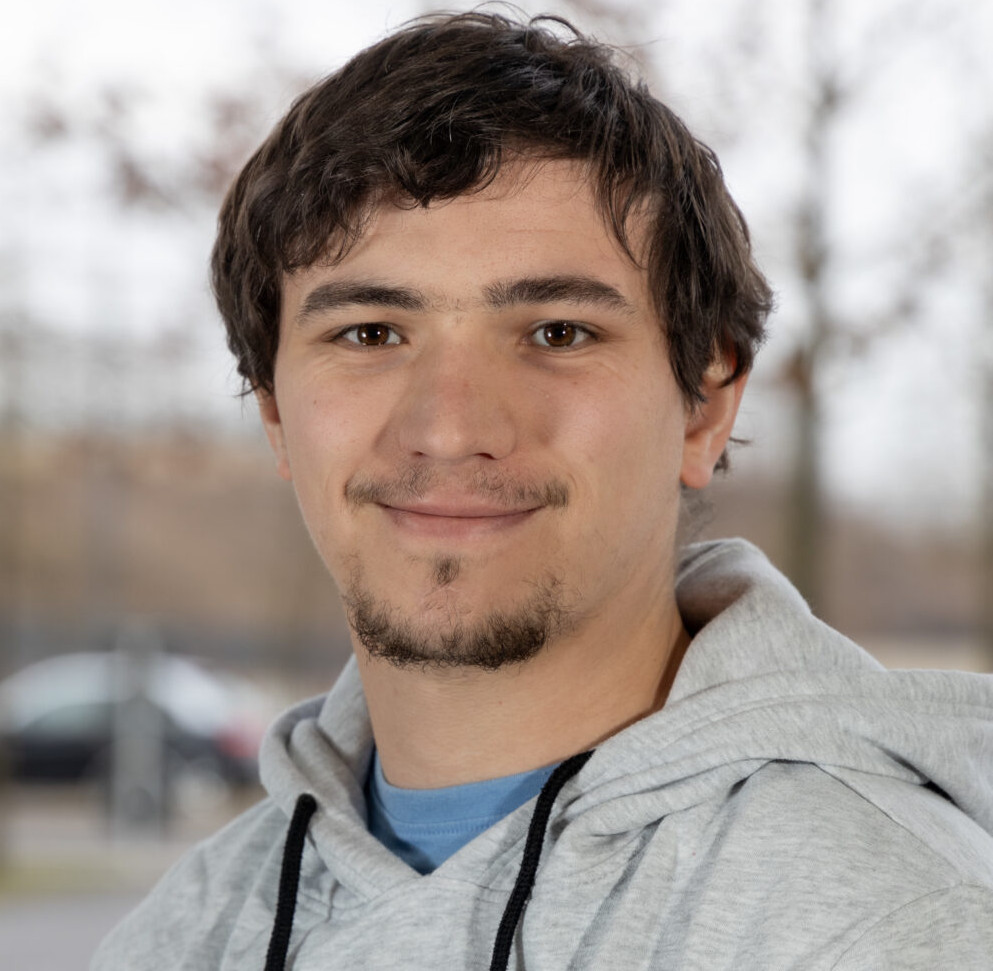
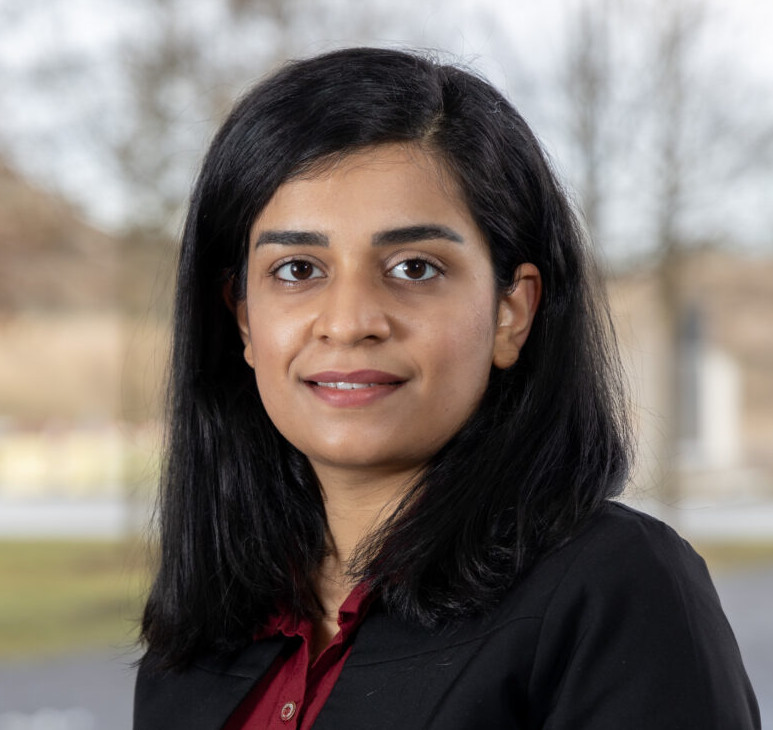
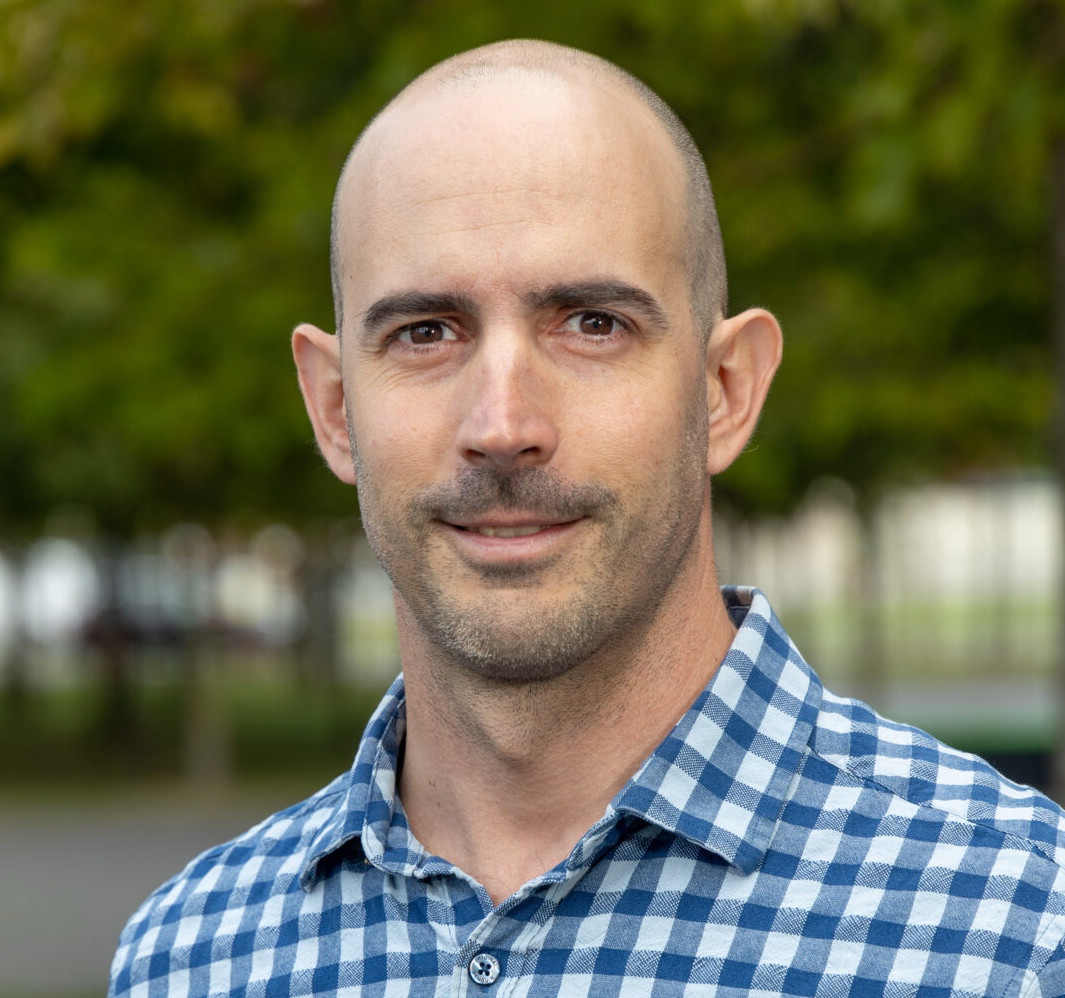
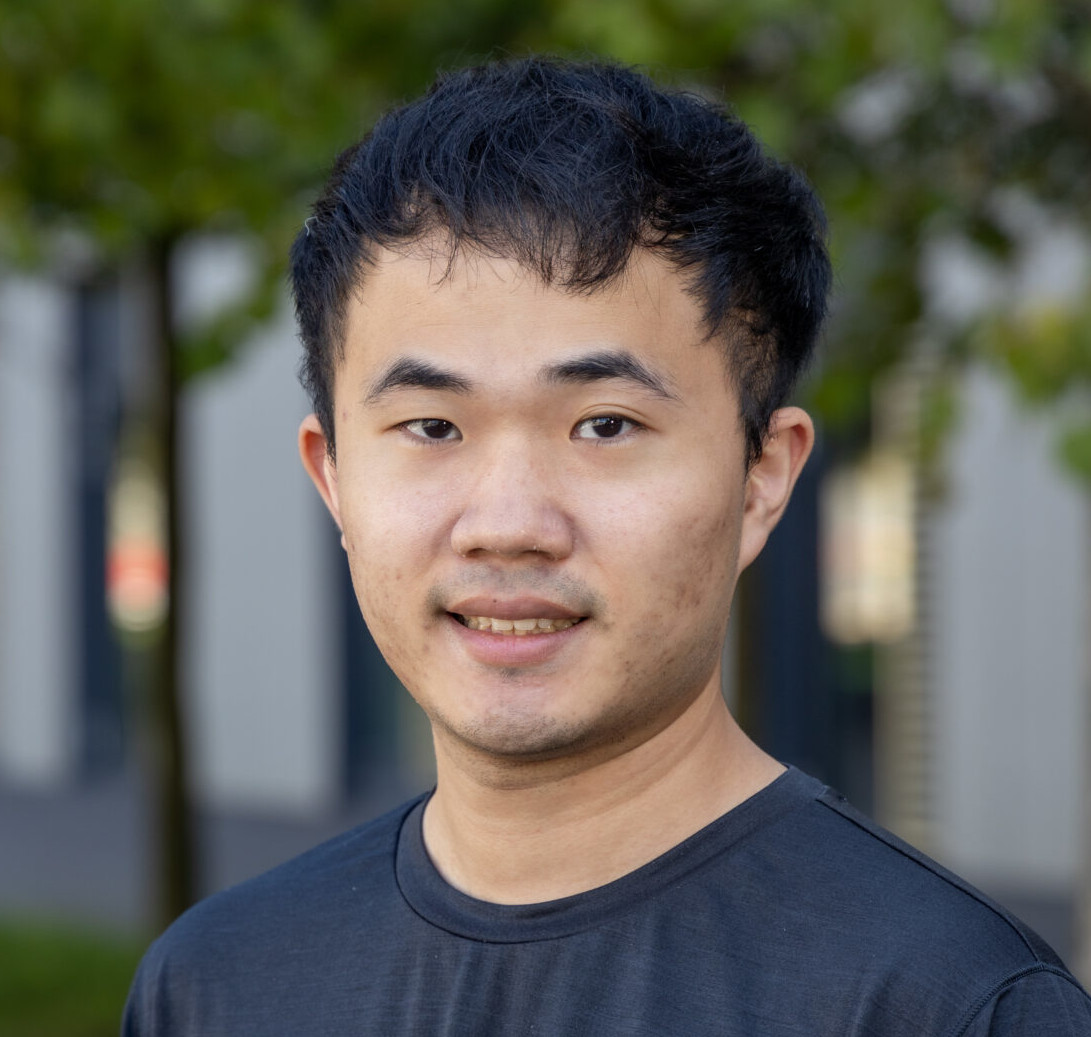
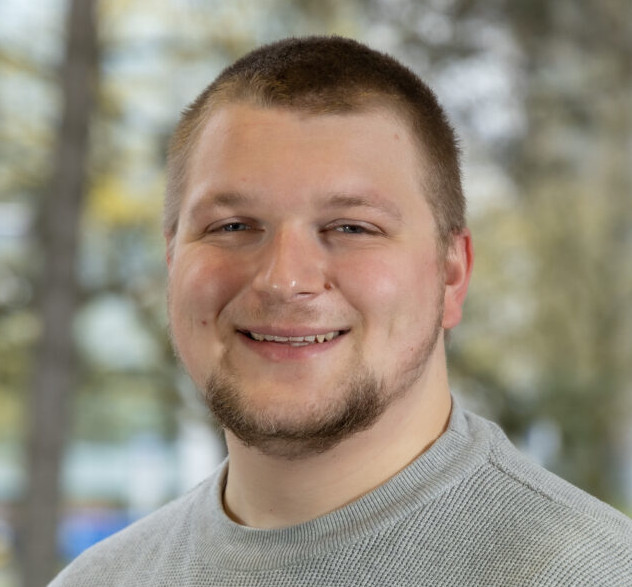
- Thibault Falque, postdoctoral researcher on the project COMOC, 2024-2025.
- Hedieh Haddad, Ph.D. candidate, Hyperparameter Optimization of Constraint Solver, 2023-2025.
- Manuel Combarro, Ph.D. candidate, Multiobjective Constraint Programming, 2023-2025.
- Yi-Nung Tsao, Ph.D. candidate, Verification of Neural Networks by Abstract Interpretation, 2023-2026.
- Tobias Fischerbach, Ph.D. candidate, Optimization of Quantum Circuits, 2023-2026.
Previously...
A lattice-based approach for GPU programming (Postdoc 2020-2023)
Abstract domains for constraint programming (Postdoc 2018-2019)
Spacetime Programming: A Synchronous Language for Constraint Search (Ph.D. 2014-2018)